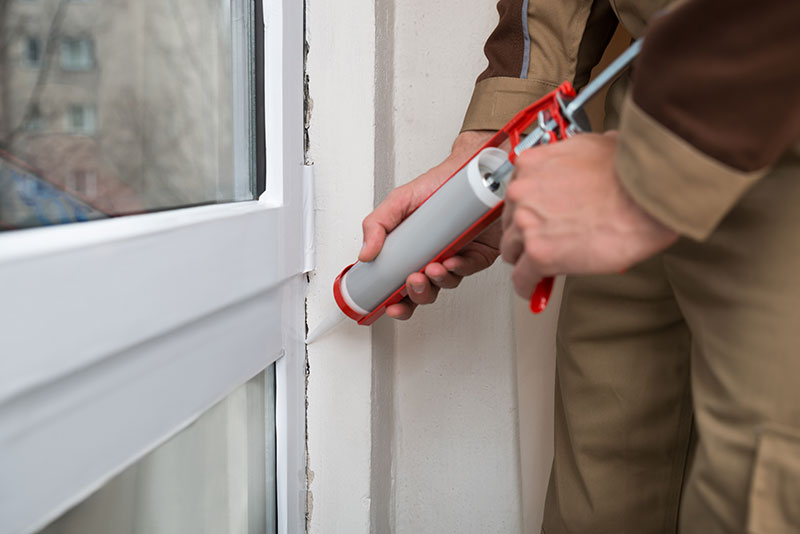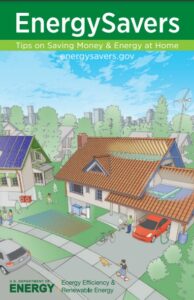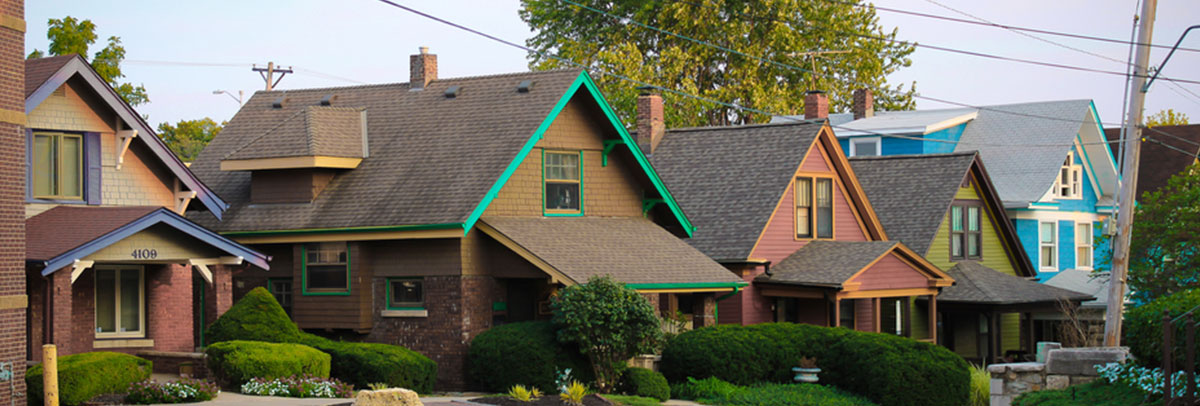Buildings and homes generate 63% of our region’s greenhouse gas emissions. Finding ways to decrease our energy use and use renewable energy resources as much as possible is a strategic way our region can lower the impacts of climate change.
Here’s a few quick tips to help homeowners easily identify opportunities for reducing energy use and major energy loss at home:
Switch to LEDs
How to know if your light bulbs are LEDs – If your light bulb is warm to the touch, then it’s not an LED. When switching out bulbs for LEDs, be mindful that CFLs contain mercury and should be disposed of properly by taking to your local household hazardous waste facility, or many hardware stores will take them for proper disposal.
Adjust your Thermostat to 68 degrees
The U.S. Department of Energy recommends setting your thermostat to 68 degrees Fahrenheit in winter to save energy. You can save as much as 10% more if you lower it an additional 7 to 10 degrees for at least 8 hours a day – some people opt to at night when they can cozy up under blankets; another option is during the day if you’re not home.
Check for Air Leaks
Look for areas, especially around windows, doors, and sill plates, where you see light coming through. Air leaks are a major source of energy loss in homes.
Check to make sure the flue on your fireplace is not left open when not in use. Not closing the damper is much like having a window permanently open.
Sealing Air Leaks
Sealing air leaks and insulating your home is one of the fastest ways to prevent energy loss and save significantly on your energy bills. Up to 45% of a home’s energy use is spent on heating.
The US Department of Energy recommends these tips for sealing air leaks in your home:
(Source: Energy Savers, Tips on Saving Money and Energy at Home, energysavers.gov)
- Test your home for air tightness. On a windy day, carefully hold a lit incense stick or a smoke pen next to your windows, doors, electrical boxes, plumbing fixtures, electrical outlets, ceiling fixtures, attic, hatches, and other places where air may leak. If the smoke stream travels horizontally, you have located an air leak that may need caulking, sealing, or weatherstripping.
- Caulk and weatherstrip doors and windows that leak air. Caulk and seal air leaks where plumbing, ducting, or electrical wiring comes through walls, floors, ceilings, and soffits over cabinets.
- Install foam gaskets behind outlet and switch plates on walls.
- Inspect dirty spots in your insulation for air leaks and mold. Seal leaks with low-expansion spray foam made for this purpose and install house flashing if needed.
- Look for dirty spots on your ceiling paint and carpet, which may indicate air leaks at interior wall/ceiling joints and wall/floor joists, and caulk them.
- Cover single-pane windows with storm windows or replace them with more efficient double-pane low emissivity windows.
- Use foam sealant on larger gaps around windows, baseboards, and other places where air may leak out.
- Cover your kitchen exhaust fan to stop air leaks when not in use.
- Check your dryer vent to be sure it is not blocked. This will save energy and may prevent a fire.
- Replace door bottoms and thresholds with ones that have pliable sealing gaskets.
- Keep the fireplace flue damper tightly closed when not in use.
- Seal air leaks around fireplace chimneys, furnaces, and gas-fired water heater vents with fire-resistant materials such as sheet metal or sheetrock and furnace cement caulk.
Visit the US Department of Energy’s website to view the complete comprehensive guide on Tips for Saving Money and Energy at Home including air leaks and insulation, heating and cooling, water heating, windows, lighting, appliances, home office and electronics, renewable energy, and transportation and how to do your own DIY energy assessment.







